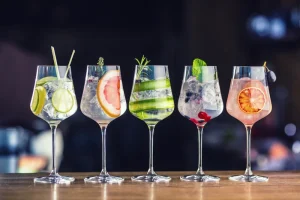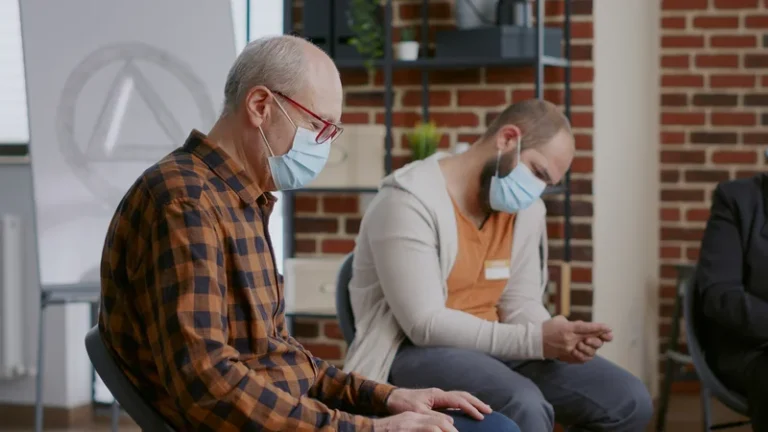
Skills are taught using instruction, demonstration, feedback, reinforcement, and practice [32]. It has a predictability factor of 63%, meaning that there is a 63% chance that the benefits of the implemented program will exceed the costs. For example, negative experiences such as bullying, social conflict, and economic stress are found to be common triggers of drug relapse.
High-Risk Substance Use Among Youth
Using inhalants even once can lead to overdose, suffocation, seizures, and death. There have been reports of people dying the first time they use cocaine, often from sudden cardiac arrest, teen drug abuse respiratory arrest, or seizures. The information contained on this website is not intended to be a substitute for, or to be relied upon as, medical advice, diagnosis, or treatment.
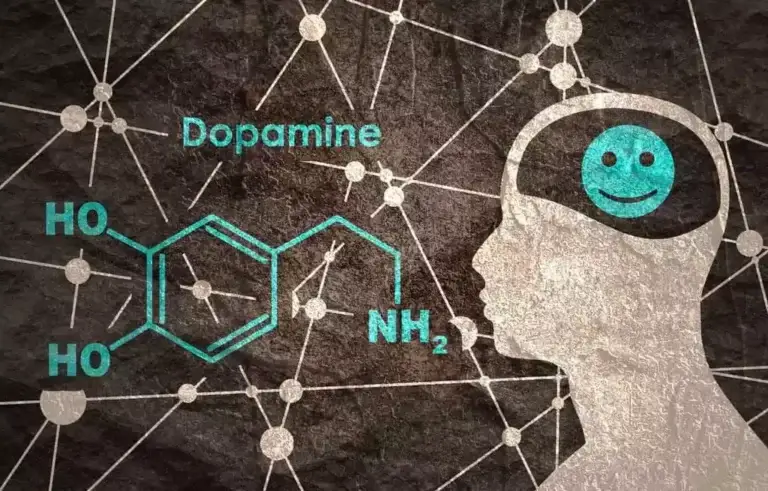
Warning Signs
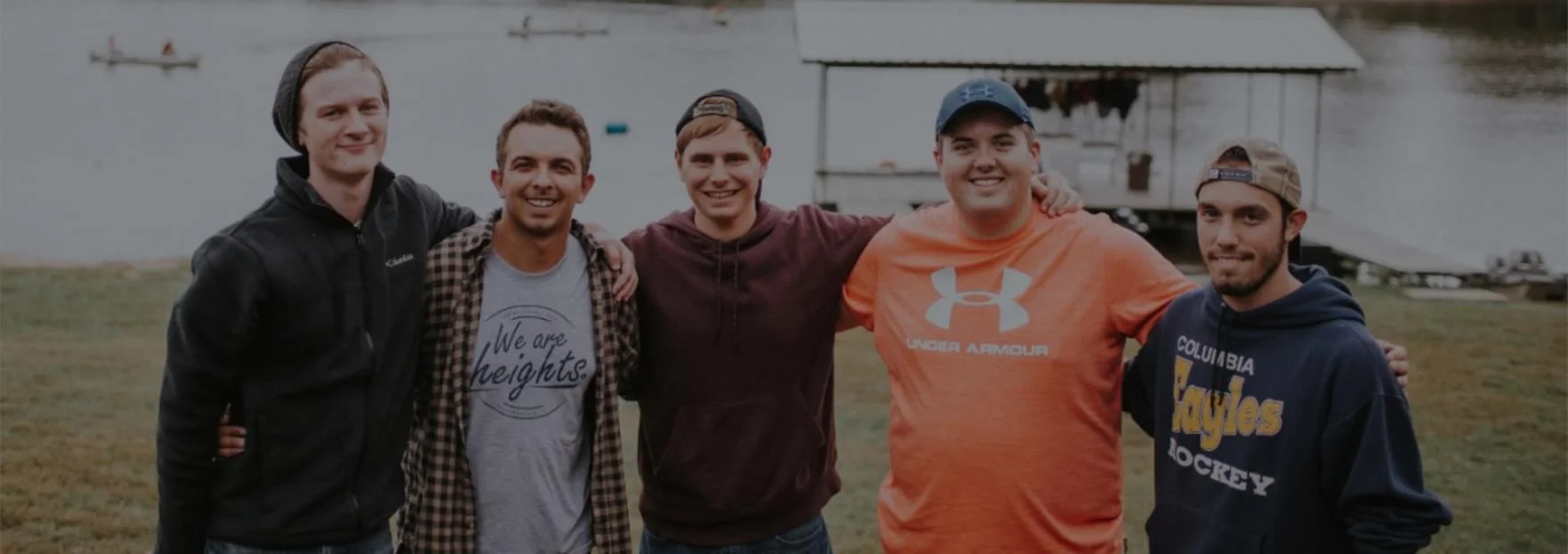
The annual rate of opioid overdose deaths for those aged 15 to 24 years is 12.6 per 100,000 people. Drug and alcohol use can lead to substance use disorder as well as the specific health risks of the substance being abused. Parental mental health significantly influences the overall well-being of their children, impacting their development, behavior, and life choices. Sometimes, https://ecosoberhouse.com/ teens with undiagnosed or untreated depression or anxiety disorders discover that drugs make them feel better. Youth with substance use disorders also experience higher rates of physical and mental illnesses, diminished overall health and well-being, and potential progression to addiction. Teens who experiment with drugs and other substances put their health and safety at risk.
Want to stop harmful drinking? AA versus SMART Recovery
The second component is responsible beverage service, which involves training alcohol beverage servers and assisting retailers develop policies and procedures to reduce drunkenness and driving after drinking. The third component aims to reduce drinking and driving through increased law enforcement and sobriety checkpoints. The fourth component reduces underage alcohol access by training alcohol retailers to avoid selling to minors and those who provide alcohol to minors, and through increased enforcement of laws regarding alcohol sales to minors. The fifth component provides communities with the tools to form the coalitions needed to implement and support the interventions that will address all RHRD prevention components.
Other preventive strategies
Research has demonstrated that as many as one in five children/youth have a diagnosable mental health disorder. Read about how coordination between public service agencies can improve treatment for these youth. Marijuana can impair concentration, worsen mental health, interfere with prescription medications, lead to risky sexual behaviors, or contribute to dangerous driving. The reasons why any person uses drugs are complex, and the same is true for teens. Wanting to fit in with peers, feeling overwhelmed by their changing brains and bodies, and pressure to perform in school or sports are just a few reasons why teens may start experimenting with drugs.
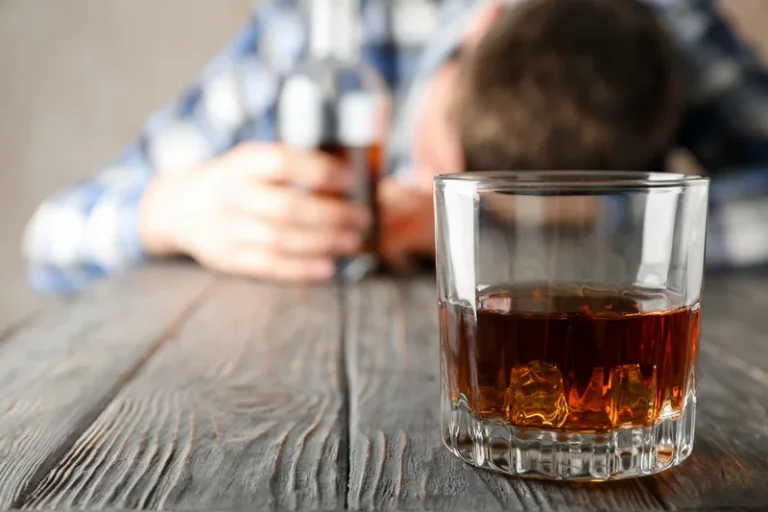
Substance Use Prevention Resources for Youth and College Students
- Many teens choose to participate in Teen Addiction Anonymous, NA, or AA programs to receive ongoing support, be reminded of why they quit using, and help others.
- Compared with teens who attend religious services weekly—whether Catholic, Protestant, Jewish, Muslim—those who never attend such services are three times likelier to use marijuana and twice as likely to smoke and drink.
- Preventative conversations can facilitate trust between the parent and the child and lead to wise decisions when it comes to habits, friends, interests, and influences.
- Teens may also need assistance with other issues, such as low self-esteem, body image, trauma, abuse, and peer pressure.
It’s important to remember that substance use isn’t a poor reflection of your parenting or your teen’s character. You can help your teen make safer choices with the right support and information. Many therapists offer parent-adolescent relationship counseling if you’re unsure how you’re with your teen about drugs. If your teen shows signs of depression, 2017 research shows that parental monitoring may reduce substance use. This fact sheet offers young adults information on living with depression, including depression and approaches to treatment. This website provides youth-focused resources and opportunities that inspire and empower young people to make a difference in their lives and in the world around them by improving their knowledge and leadership skills.

- They encourage open conversations about drug use and mental health, creating a culture where seeking help is seen as a sign of strength, not weakness.
- While drug use may increase the risk of mental health disorders, it’s also important to note that these disorders can lead to substance abuse to self-medicate or numb the emotional pain.
- The GBG program, for example, is most strongly indicated for aggressive male elementary school students, who, as a result of the intervention, exhibited significantly less aggressive and disruptive behavior than their control classroom counterparts.
- Middle or junior high school age students are most often targeted in prevention efforts because early adolescence is the time of life when substance use experimentation often begins to occur.
- Facilitators provide weekly parent and youth training sessions for a 20-week period, or the sessions can be offered in 5-week increments throughout the year.
- As a parent, it is critical to realize that you have a significant impact on your child’s decision not to use addictive drugs or other substances.
